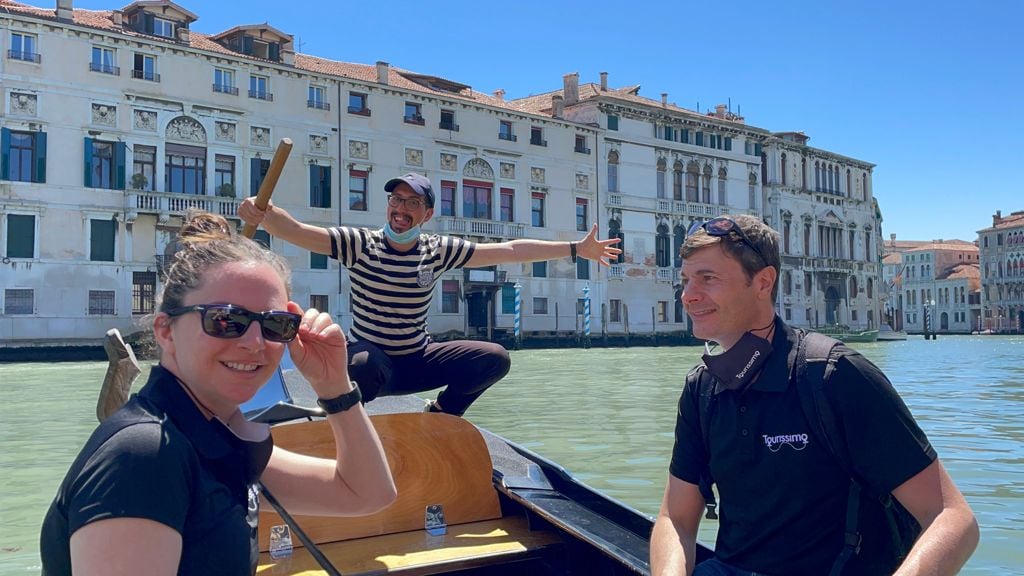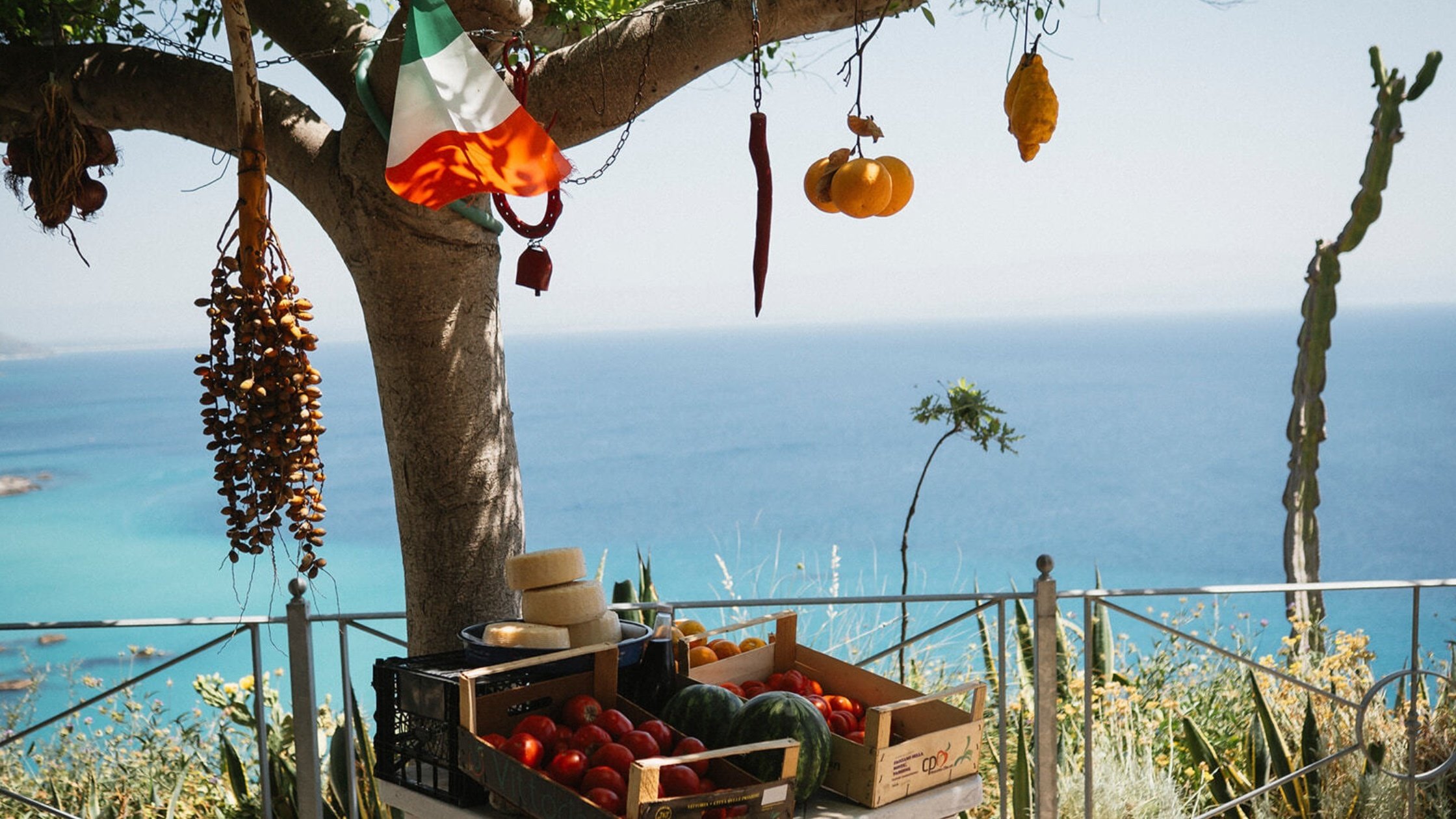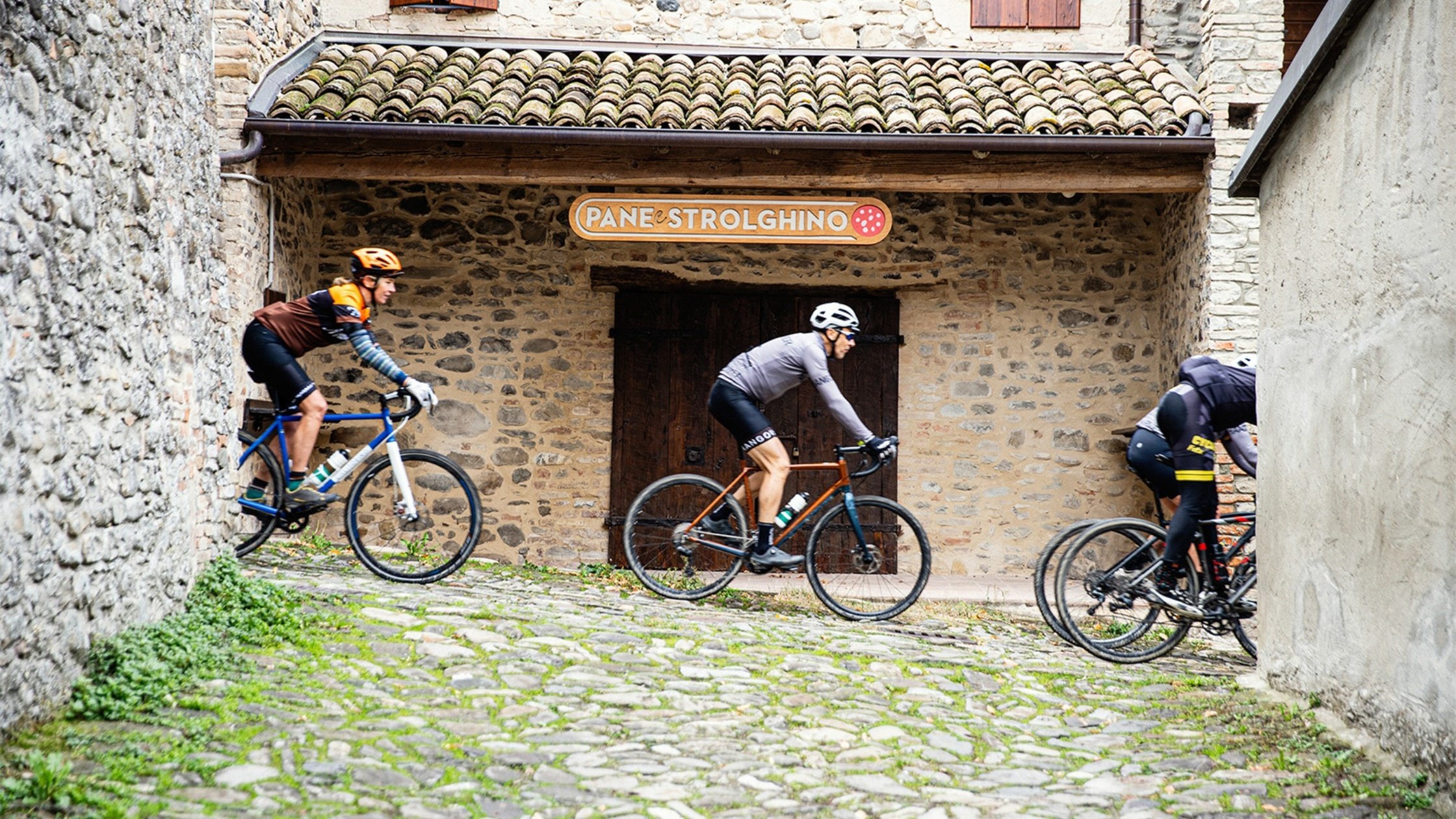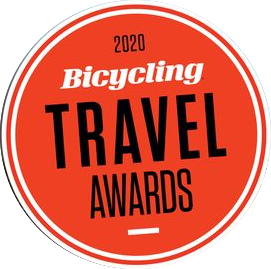Venice is one of the most iconic cities in the world, famous for its romantic canals, historic architecture, and vibrant culture. However, many first-time visitors are caught off guard by one key detail: Venice is a city of canals, not roads, and cars cannot reach most destinations on the island. Planning your trip without this in mind can lead to confusion and unexpected challenges, especially when trying to reach your hotel or meet up for a tour. Here’s what you need to know to navigate Venice like a pro and avoid common transportation pitfalls.

Venice: A City on Water
Unlike any other city in the world, Venice is built on a network of over 100 small islands connected by more than 400 bridges and surrounded by the Venetian Lagoon. The city’s intricate layout is defined by its canals, the most famous being the Grand Canal, which snakes through the heart of Venice. Because of this unique geography, cars and buses cannot access the main part of the city. Instead, Venice relies on a network of boats, vaporettos (water buses), and gondolas to move people and goods around.
While this makes Venice incredibly charming, it also requires a bit of advance planning to ensure you can reach your destination without hassle.

Arriving in Venice: What to Expect
When you arrive in Venice, whether by train, plane, or car, your journey will likely end at Piazzale Roma or the Santa Lucia train station—the last points accessible by land vehicles. From here, you’ll need to continue your journey into the city by water or on foot.
- If you arrive by train: The Santa Lucia station sits right on the Grand Canal, making it convenient to hop on a vaporetto or water taxi. Many hotels offer detailed instructions on which vaporetto line to take, so be sure to check before you arrive.
- If you arrive by car: The Piazzale Roma is the main parking area, and from here, you can walk or take a vaporetto into the city. Be prepared to park your car and leave it behind; Venice is a pedestrian and water-based city from this point onward.
- If you arrive by plane: Venice's main airport, Marco Polo Airport (VCE), is located on the mainland. From the airport, you can take a water taxi or an Alilaguna water bus directly to the main areas of Venice. Alternatively, you can take a bus to Piazzale Roma and transfer to a vaporetto from there.
Navigating Venice: Getting Around
Once in Venice, you’ll discover that the best way to explore is either on foot or by water. Here’s how to get around:
- Vaporettos (Water Buses): These public water buses are the main form of transportation in Venice, with routes that cover most parts of the city and the nearby islands. They are a convenient and affordable way to travel, especially if you’re carrying luggage.
- Water Taxis: For a quicker and more direct option, water taxis can take you to your hotel or destination, but they are significantly more expensive than vaporettos. Water taxis are ideal if you have a lot of luggage or want to avoid the crowds.
- Gondolas: Gondolas are more of a leisurely, scenic way to experience Venice rather than a practical means of transportation. A gondola ride is a must-do for many visitors, but it’s not the most efficient way to get around.
- Walking: Venice is a pedestrian-friendly city, and many of its best sights are accessible on foot. The narrow, winding streets are perfect for wandering and getting lost in the charm of the city. Just be prepared for lots of bridges and stairs, which can be challenging with heavy luggage.

Why This Matters: Avoiding Transportation Confusion
Many travelers arrive in Venice expecting to take a taxi directly to their hotel or a bus to a central location. This can lead to confusion, especially if you’re not prepared for the reality of Venice’s transportation system:
- Struggling with Luggage: Dragging heavy luggage through Venice’s cobblestone streets and over bridges can be exhausting. Plan for how you’ll manage your bags, and consider using a water taxi if you have a lot to carry.
- Missing Hotel Check-ins: If you don’t account for the extra time it takes to reach your destination by water or foot, you could miss your hotel check-in time or tour start. Always allow extra time for travel within Venice.
- Getting Lost: Venice’s maze-like streets and canals can be disorienting, even with a map. Familiarize yourself with key landmarks and the vaporetto routes to avoid getting lost.
Your Venetian Adventure Awaits
Venice’s canals and car-free streets are part of what makes the city so magical. By planning ahead and understanding the unique logistics of getting around, you can avoid common travel mistakes and enjoy a smooth, worry-free experience. Whether you’re here for a gondola ride or using Venice as a gateway to the rest of Italy, we’re here to help you every step of the way.

We want your Italian adventure to start on the right foot—or boat! Knowing how to navigate Venice’s canals and car-free zones will ensure your trip begins without a hitch.













